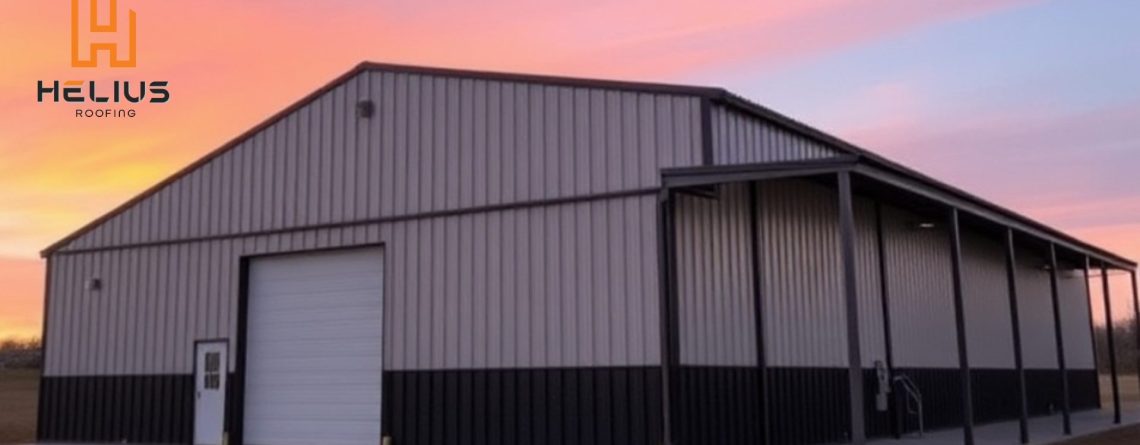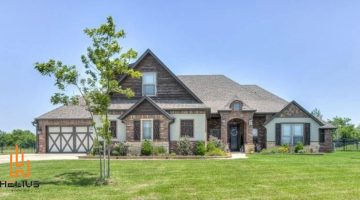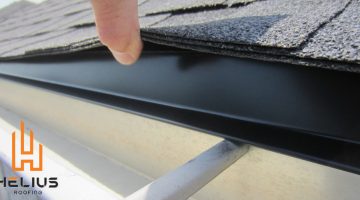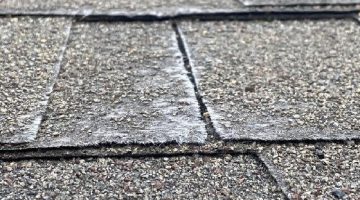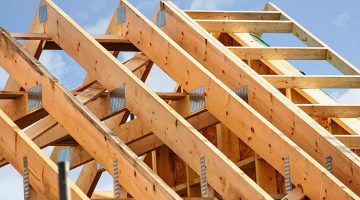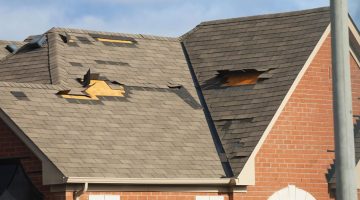
In an era where natural disasters are becoming more frequent and intense, building structures that can withstand these forces is crucial. Whether you’re in a region prone to hurricanes, tornadoes, earthquakes, or wildfires, the choice of building materials can be the difference between safety and disaster. Metal buildings, particularly those made from steel, have become a reliable solution for disaster-prone areas. Here’s why metal buildings offer a robust defense against the forces of nature.
1. Strength and Durability of Steel
Steel is one of the strongest building materials available, and this inherent strength makes metal buildings highly resilient in the face of natural disasters. Unlike traditional wood-framed structures, steel can withstand significant wind, pressure, and impact forces without breaking or buckling. In disaster-prone areas where hurricanes and tornadoes are common, the strength of steel provides a solid defense against the severe winds and flying debris that often accompany these events.
The tensile strength of steel gives it an advantage in earthquake-prone areas as well. Metal buildings are designed to flex rather than crack under seismic pressure, making them far less likely to collapse when the ground shifts. This ability to absorb and redistribute energy allows them to endure earthquakes better than other construction types.
2. Resistance to Fire
One of the most critical concerns in disaster-prone regions is fire. Wildfires have increasingly ravaged communities, destroying homes and buildings in their path. Wood-framed structures, in particular, are vulnerable to catching fire and spreading flames quickly. Metal buildings, however, are non-combustible, making them far less likely to catch fire in the first place.
Steel does not ignite, and it maintains its structural integrity much longer than wood when exposed to extreme heat. While metal buildings are not immune to fire, their ability to resist combustion can slow down the spread of a fire, giving occupants more time to evacuate and firefighters more time to contain the blaze.
3. Wind Resistance
In areas vulnerable to high winds, like coastal regions that experience hurricanes or the central plains where tornadoes are frequent, wind resistance is a top priority for building design. Metal buildings, particularly those constructed with reinforced steel frameworks, can be engineered to resist extremely high wind speeds.
Hurricane-force winds can reach speeds upwards of 150 mph, but steel structures, when properly designed and anchored, can handle these pressures. The metal panels used in construction are often designed to interlock, providing a continuous surface that reduces the likelihood of wind penetration and structural failure.
Additionally, the lightweight nature of metal roofing allows for fewer issues during high winds, as the roof panels are securely fastened to the frame. This feature prevents the catastrophic roof failures often seen in wood or asphalt shingle roofs during storms.
4. Flood and Water Resistance
Flooding is another common disaster, particularly in coastal and low-lying areas. Traditional wood and drywall buildings are susceptible to extensive damage when exposed to floodwaters, as water can seep into the walls, weaken the structure, and create mold and mildew problems.
Metal buildings are much more resilient in the face of flooding. Steel frames and metal siding do not absorb water, reducing the risk of internal structural damage. After a flood, metal buildings are often easier and less expensive to clean and repair than wood-framed buildings, which may require full replacements of water-damaged materials.
By designing metal buildings with proper drainage systems and elevated foundations, homeowners and businesses can further reduce the risk of flood-related damage.
5. Earthquake Resilience
In earthquake-prone areas, flexibility and strength are essential for building materials. Structures must be able to absorb seismic forces and move without collapsing. Metal buildings excel in this regard. Unlike rigid materials like concrete or brick, steel is flexible and has high ductility, meaning it can bend without breaking.
During an earthquake, a steel-framed building can sway with the movement of the earth, absorbing and redistributing the energy of the seismic waves. This flexibility reduces the likelihood of catastrophic structural failure, protecting both the building and its occupants.
Engineers can also design metal buildings with additional seismic reinforcements, such as bracing systems and moment frames, which increase their ability to withstand lateral forces and minimize damage during an earthquake.
6. Reduced Maintenance and Repair Costs
In disaster-prone areas, the costs of repairing or rebuilding after a natural event can be substantial. Metal buildings offer a significant advantage in this regard because their durability translates into reduced maintenance and repair costs over time.
After a hurricane, tornado, or earthquake, metal buildings are often left standing when other structures are not. Even in cases where a metal building suffers damage, repairs are typically more straightforward and less expensive than in wood-framed buildings. Metal components can often be replaced individually, and the structural frame usually remains intact, minimizing downtime for businesses or displacement for homeowners.
Additionally, metal buildings are resistant to common issues like mold, rot, and insect damage, all of which can increase maintenance costs in traditional buildings over time.
7. Sustainability and Environmental Benefits
Beyond their disaster resilience, metal buildings offer significant environmental benefits, making them a smart choice for eco-conscious homeowners and businesses. Steel is one of the most recycled materials in the world, and many metal buildings are constructed using recycled steel. This reduces the demand for raw materials and minimizes the environmental impact of construction.
In disaster-prone areas, where rebuilding is sometimes necessary, metal buildings can be easily dismantled, and the steel can be reused or recycled, reducing waste. Additionally, metal buildings are energy-efficient, particularly when insulated properly, helping to reduce energy consumption in extreme weather conditions.
8. Customizable for Disaster Preparation
Metal buildings can be custom-designed to suit the specific needs of disaster-prone regions. For example, in hurricane zones, buildings can be engineered with reinforced foundations and wind-resistant features. In earthquake-prone areas, engineers can add additional structural reinforcements that help the building withstand seismic forces.
Because metal buildings are modular, they can also be expanded or modified with relative ease, allowing property owners to incorporate new disaster-resistant features as technology and building codes evolve.
9. Insurance Benefits
Insurance companies recognize the superior strength and durability of metal buildings in disaster-prone areas, which often translates into lower insurance premiums for property owners. Because metal buildings are less likely to suffer catastrophic damage in a natural disaster, they are considered a lower risk for insurers.
In regions where hurricanes, tornadoes, earthquakes, or wildfires are a constant threat, lower insurance costs can be a significant financial benefit over the long term, making metal buildings a more cost-effective investment.
Conclusion
Metal buildings, particularly those constructed from steel, offer unmatched reliability in disaster-prone areas. Their strength, fire resistance, wind resistance, and flexibility make them an ideal choice for homeowners and businesses looking to protect their investments and ensure safety in the face of natural disasters. Coupled with their reduced maintenance costs, environmental benefits, and insurance advantages, metal buildings are a smart, long-term solution for anyone building in regions where nature’s forces are unpredictable.
At Helius Roofing & Construction, we specialize in designing and constructing metal buildings that meet the specific needs of disaster-prone areas. If you’re considering building a structure that can withstand the challenges of nature, contact us today to learn more about how a metal building can be your best defense.
4o

